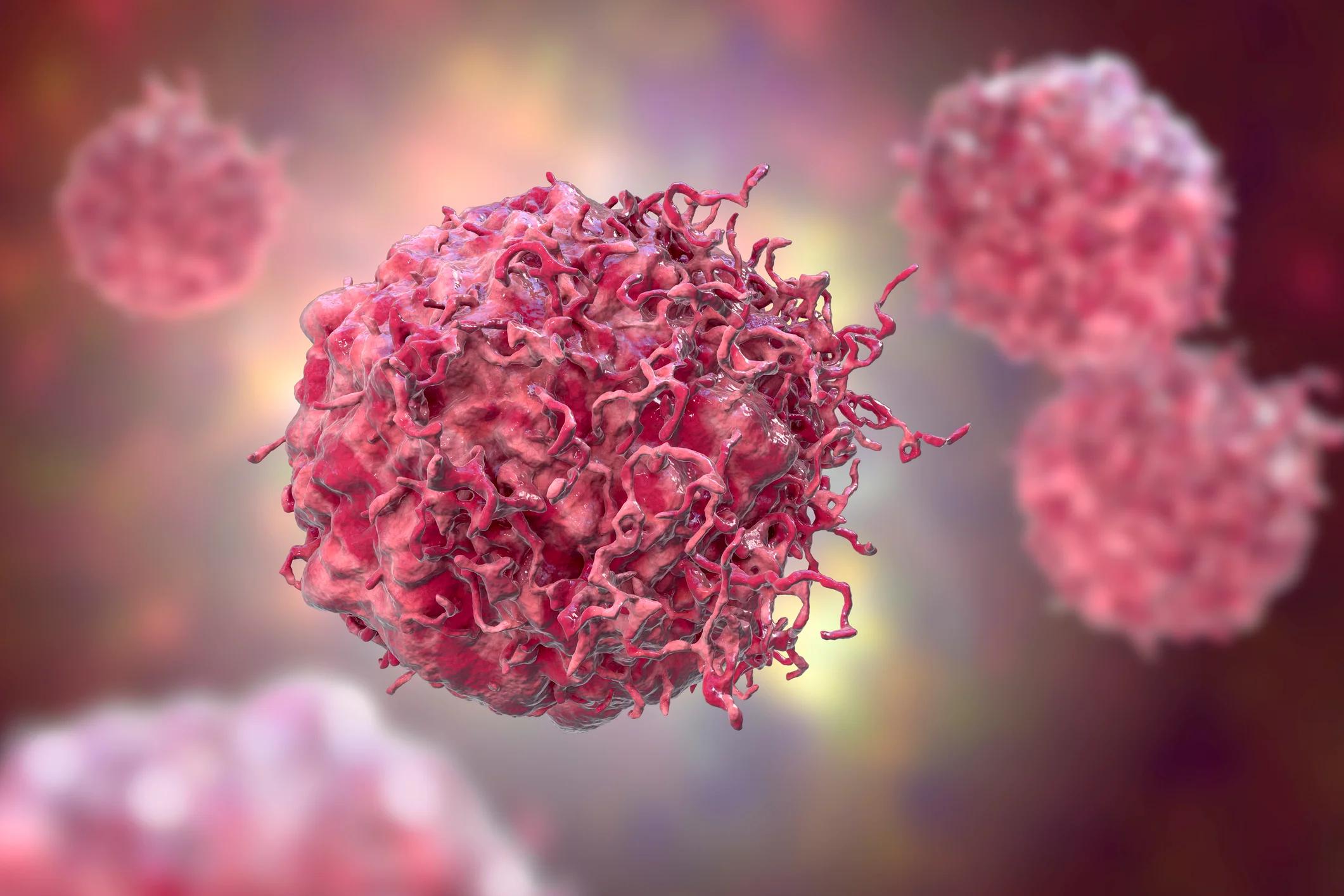KEY TAKEAWAYS
- The phase 2 trial aimed to assess the effectiveness and tolerability of TIS + Sitra maintenance in ES-SCLC.
- The primary endpoint was to evaluate 1-yr PFS by RECIST v1.1 in MAS.
- The result demonstrated that TIS+Sitra after TIS+chemo benefits ES-SCLC survival.
First-line chemo-immunotherapy has demonstrated a notable increase in survival rates for extensive-stage small-cell lung cancer (ES-SCLC); however, the emergence of rapid drug resistance remains a common challenge. Sitravatinib (Sitra), a selective tyrosine kinase inhibitor targeting TAM, VEGFR2, and KIT, has the potential to reshape the immune landscape, favoring immunotherapy and overcoming resistance.
In the single-arm, phase II trial, Yun Fan and his research group assessed the effectiveness and safety of combining tislelizumab (TIS), a PD-1 inhibitor, with Sitra as a maintenance therapy for ES-SCLC patients (pts) following induction therapy with TIS and chemo. Their goal was to delay disease progression in these pts.
Patients eligible for the interventional study with untreated ES-SCLC were administered TIS at a dosage of 200 mg, along with platinum-based chemo every 3 weeks for a total of 4 cycles (induction phase). Subsequently, pts entered the maintenance phase, receiving TIS at 200 mg every 3 weeks and Sitra at a daily dosage of 70 mg.
The Maintenance Analysis Set (MAS) comprised pts who had received at least one dose of maintenance therapy. Efficacy outcomes within MAS were calculated from the initiation of maintenance TIS and Sitra. The primary endpoint measured was the 1-year progression-free survival (PFS) rate according to RECIST v1.1 within MAS.
Around 21 pts were enrolled and underwent induction therapy. Among them, 18 patients proceeded to the maintenance phase, with 27.8% having liver metastases, 27.8% exhibiting bone metastases, 16.7% presenting with brain metastasis, and 94.4% having an ECOG PS of 1. Within the MAS comprising 18 pts, the median PFS was 6.4 months, and the 1-year PFS rate from the initiation of maintenance therapy was 27.8%. The median overall survival (OS) was not reached.
In MAS, 4 pts achieved further partial responses during maintenance therapy, resulting in a confirmed overall response rate (ORR) of 22.2%, and the disease control rate (DCR) was 88.9%. Regarding treatment-related adverse events (TRAEs) and immune-related adverse events (irAEs) of grade 3-4, they occurred in 10 pts (55.6%) and 2 pts (11.1%), respectively. Serious TRAEs were observed in 4 pts (22.2%). Importantly, no TRAEs led to treatment discontinuation or death.
The study concluded that the combination of TIS and Sitra demonstrated encouraging efficacy with tolerable side effects when used as maintenance therapy for ES-SCLC pts following induction therapy with TIS and chemo. This presents a novel treatment approach for postponing disease recurrence and extending the survival of individuals with ES-SCLC. This study is sponsored by Zhejiang Cancer Hospital.
Source: https://cslide.ctimeetingtech.com/immuno23hybrid/attendee/confcal/show/session/34
Clinical Trial: https://clinicaltrials.gov/study/NCT05228496
Fan Y et al. “Phase II trial of tislelizumab plus sitravatinib as maintenance therapy in extensive-stage small-cell lung cancer (ES-SCLC)”. Presented at ESMO IO 2023. (Abstract: 85P)



